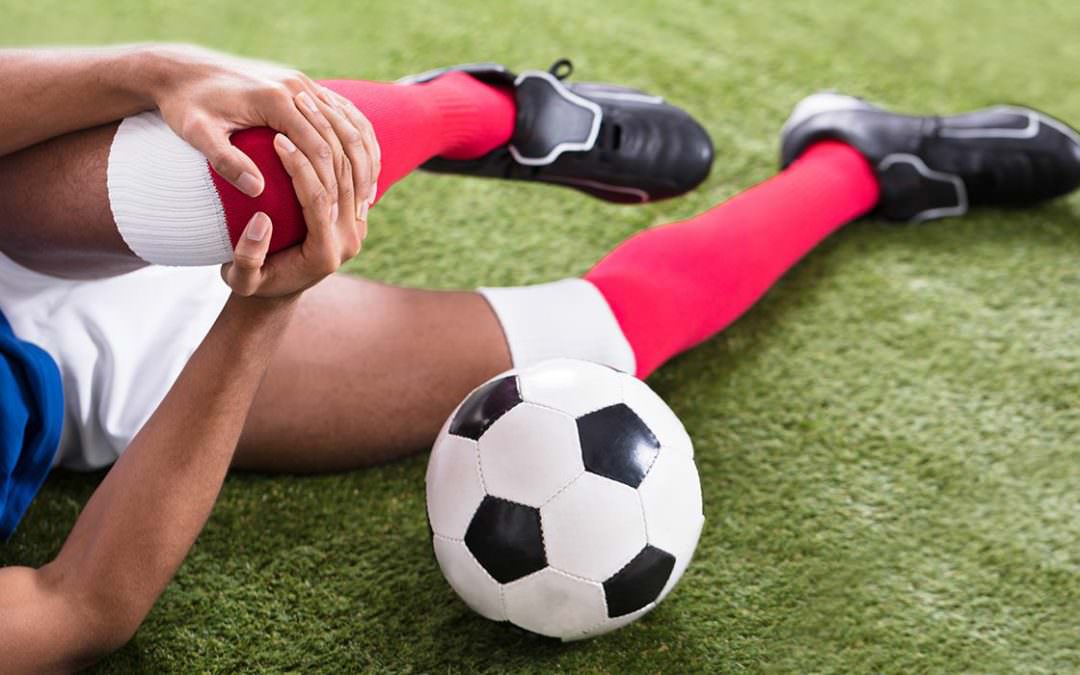The blinding intensity of the stadium lights, the adrenaline pumping through your veins, the crowd’s electric anticipation… and then, a sudden pain. In that pivotal moment, an athlete’s world may come crashing down. Sports injuries, unfortunately, are an inescapable part of the athletic world. How you navigate the tumultuous journey of recovery will determine your future in the game. This step-by-step guide is here to lead you through the process, ensuring you’re back on the field, court, or track in the best possible condition.
Table of Contents
Immediate Medical Attention: The First Aid for Your Future
Athletes are wired for resilience. But sometimes, the best display of strength is to acknowledge the pain and seek professional help immediately. When injured, the body enters a vulnerable state. Prompt medical attention not only offers immediate relief but also mitigates the chances of long-term damage. A professional diagnosis ensures that athletes get a clear picture of the extent of their injury, preventing further complications. To ensure a smooth recovery and a future in the sport you love, always make medical intervention your priority.
Patience: Slow and Steady Wins the Race
After the initial shock of an injury, athletes often get restless. With the fire to compete still burning strong, the wait to heal can feel like a torturous timeout. However, rushing the recovery is a recipe for disaster. Succumbing to impatience can result in reinjury or even permanent damage. Remember, healing is a gradual process. Just as you wouldn’t force a plant to grow faster, you shouldn’t push your body beyond its current capabilities. Embrace the waiting period as a time for holistic healing.
Responsible Pain Management: Making Smart Choices
Pain is the body’s way of signaling distress, and managing it is pivotal to a comfortable recovery. However, there’s a darker side to pain relief: addiction. For example, NORCO is a commonly prescribed medication for managing pain. Is NORCO an opiate? Yes, it contains hydrocodone, an opioid. The potentially addictive allure of opioids can be tempting for those desperate for relief, but abuse of these drugs can lead to devastating consequences. Understanding this potential risk is critical. Athletes should work closely with physicians to ensure their pain management approach is both effective and safe.
Physical Therapy: Regaining Strength and Flexibility
The path to recovery is not just about healing but also about regaining lost strength and flexibility. Enter physical therapy, the hero in this chapter of your recovery saga. Therapists provide targeted exercises and treatments that rehabilitate the injured area. Regular sessions, coupled with guided home exercises, can expedite the recovery process. Athletes should view their therapists as partners, working hand in hand towards a common goal: returning to peak performance.
Mental Wellness: Healing Beyond the Physical
Injuries don’t just scar the body; they can also wound the mind. The emotional toll of being sidelined, the fear of reinjury, and the challenge of regaining former prowess can be mentally taxing. It’s essential to acknowledge and address these psychological aspects. Seeking counseling, engaging in meditative practices, or simply discussing feelings with peers can greatly aid mental recovery. A healthy mind supports a healthy body.
Nutrition: Fueling the Recovery Engine
Food is more than just a source of energy; it’s the building block of recovery. In the wake of an injury, the body needs specific nutrients to repair damaged tissues. Incorporating protein-rich foods, omega-3 fatty acids, and antioxidants can hasten healing. Moreover, staying hydrated plays a crucial role in muscle repair. Consult with a nutritionist to tailor a diet that supports your specific recovery needs.
Reintegration: A Gradual Return to Sport
The moment every athlete eagerly awaits: the return. But this, too, should be approached with caution. Start with light exercises, slowly increasing intensity as comfort and strength levels rise. Monitoring the body’s response is key. Any signs of discomfort should be addressed immediately. Joining the sport at a less competitive level, at first, can offer a smoother transition.
Final Analysis
Sports injuries can be a challenging phase in any athlete’s journey. But with the right approach, guidance, and mindset, it’s just a temporary pitstop. The road to recovery is paved with patience, professional help, and personal care. Embrace each step and remember: every champion has faced and overcome hurdles. Your injury is just one of them, and a full recovery is your next victory.





